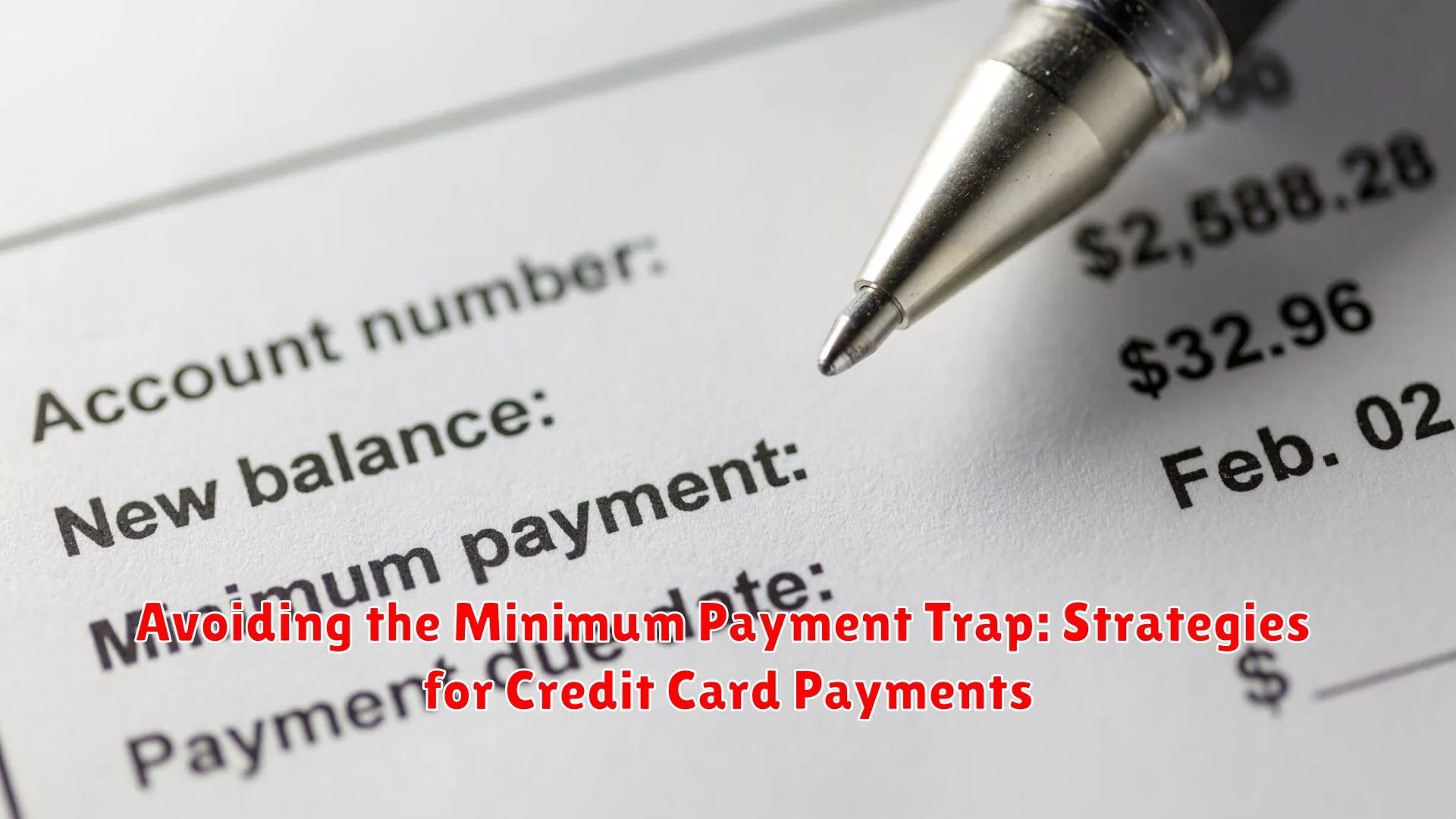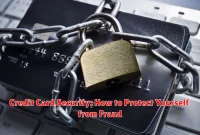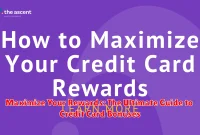In the world of credit card debt, falling into the minimum payment trap can be a dangerous cycle. Discover effective strategies to avoid this financial pitfall and take control of your credit card payments.
Understanding Minimum Payments
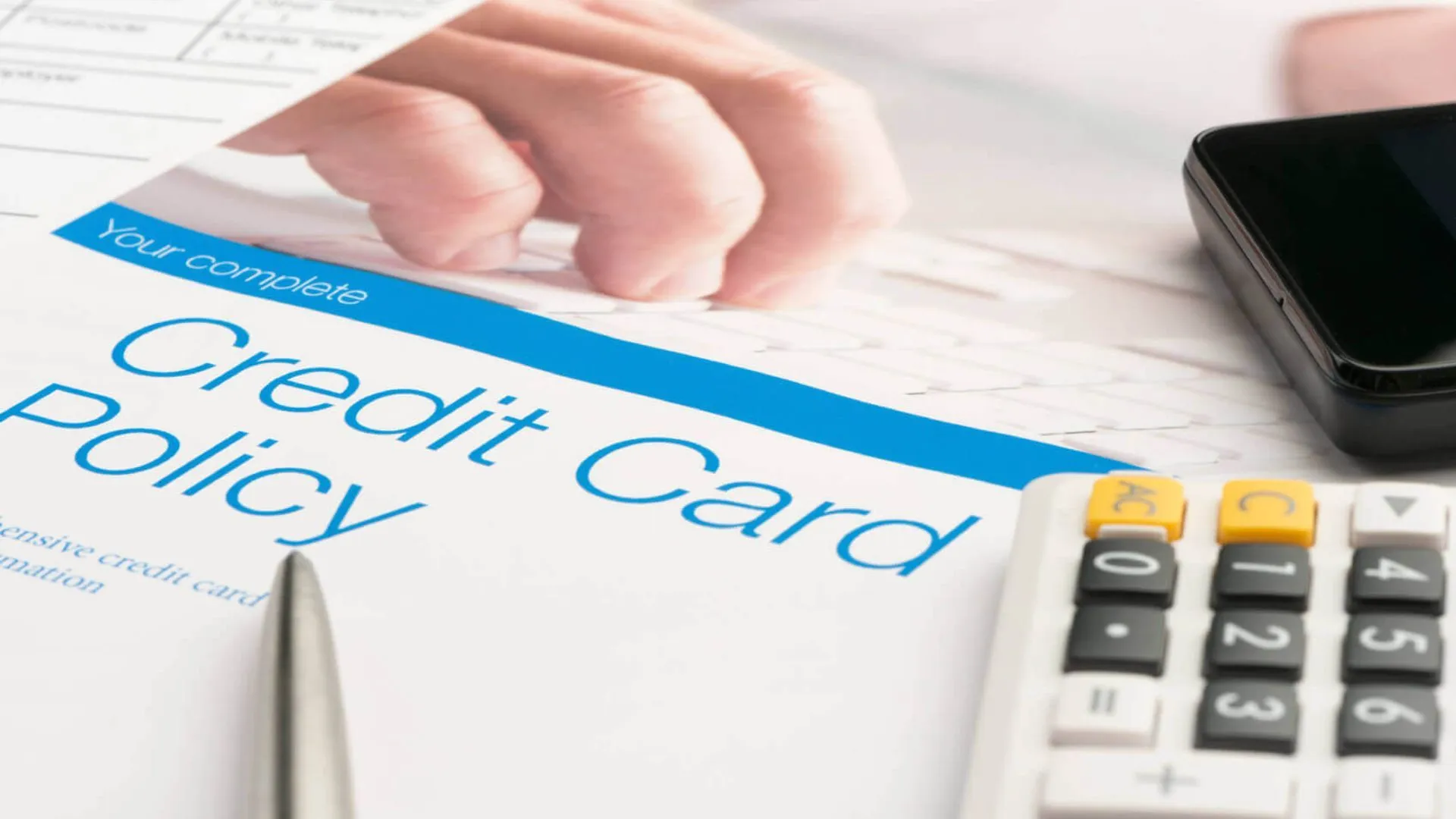
In the world of credit cards, minimum payments refer to the smallest amount you are required to pay each month towards your outstanding balance. While it may seem like a convenient option to only pay the minimum, it’s important to understand the implications and consequences of doing so.
When you only make the minimum payment on your credit card, you are essentially extending your debt and accumulating interest charges on the remaining balance. This can lead to a cycle of debt that becomes increasingly difficult to break free from.
Moreover, making only the minimum payment means it will take you much longer to pay off your balance in full, resulting in paying more interest over time. It’s crucial to be aware of the long-term financial impact of carrying a balance and only making minimum payments.
One effective strategy to avoid the minimum payment trap is to always pay more than the minimum amount due. By paying more each month, you can reduce your balance quicker and minimize the amount of interest accruing on your account.
Another approach is to prioritize high-interest balances first when making payments. By tackling debts with higher interest rates first, you can save money in the long run and pay off your balances more efficiently.
Understanding the significance of minimum payments and taking proactive steps to manage your credit card payments can help you avoid falling into the minimum payment trap and take control of your financial well-being.
The True Cost of Paying the Minimum
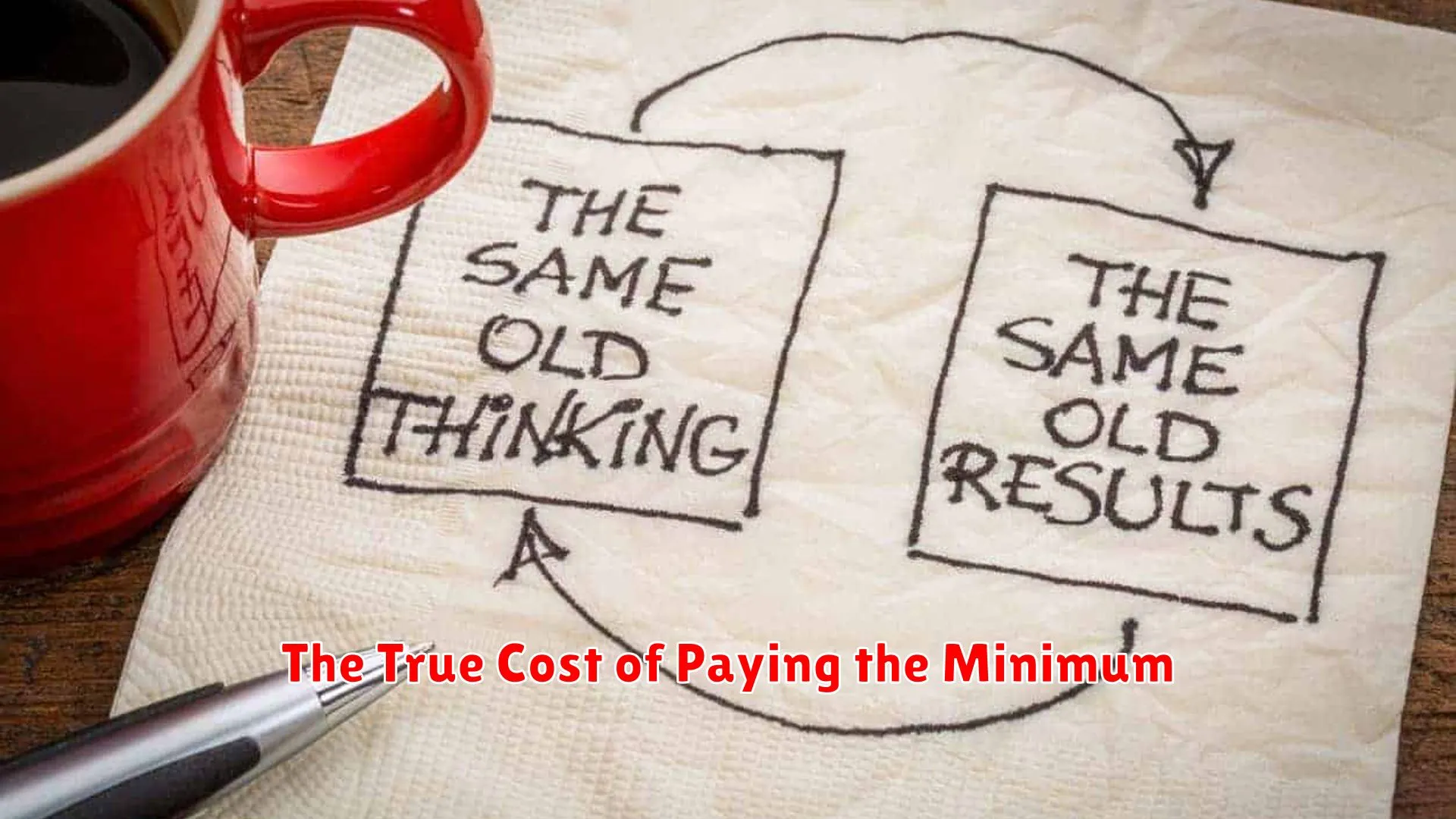
When it comes to credit card payments, just meeting the minimum payment requirement might seem like a convenient option, but it can have serious financial repercussions. The allure of the minimum payment lies in its ability to provide short-term relief by allowing you to make a smaller payment each month. However, the long-term consequences of consistently paying only the minimum can be detrimental.
One of the primary issues with paying only the minimum is the accumulation of interest. Credit card companies apply interest to the remaining balance on your card, and by making only the minimum payment, you are extending the amount of time it takes to pay off the debt. This means you end up paying significantly more in interest over time.
Additionally, continuously paying the minimum can keep you trapped in a cycle of debt. As your balance remains high due to accumulating interest, you may find it challenging to make progress in reducing your debt. This can lead to a debt spiral where you are constantly struggling to catch up.
To avoid the minimum payment trap, it’s important to strive to pay more than the minimum whenever possible. By increasing your payments, you can reduce the overall interest you pay and accelerate the process of paying off your debt. Creating a payment strategy that aligns with your budget and financial goals can help you break free from the cycle of minimum payments.
Strategies for Increasing Payments
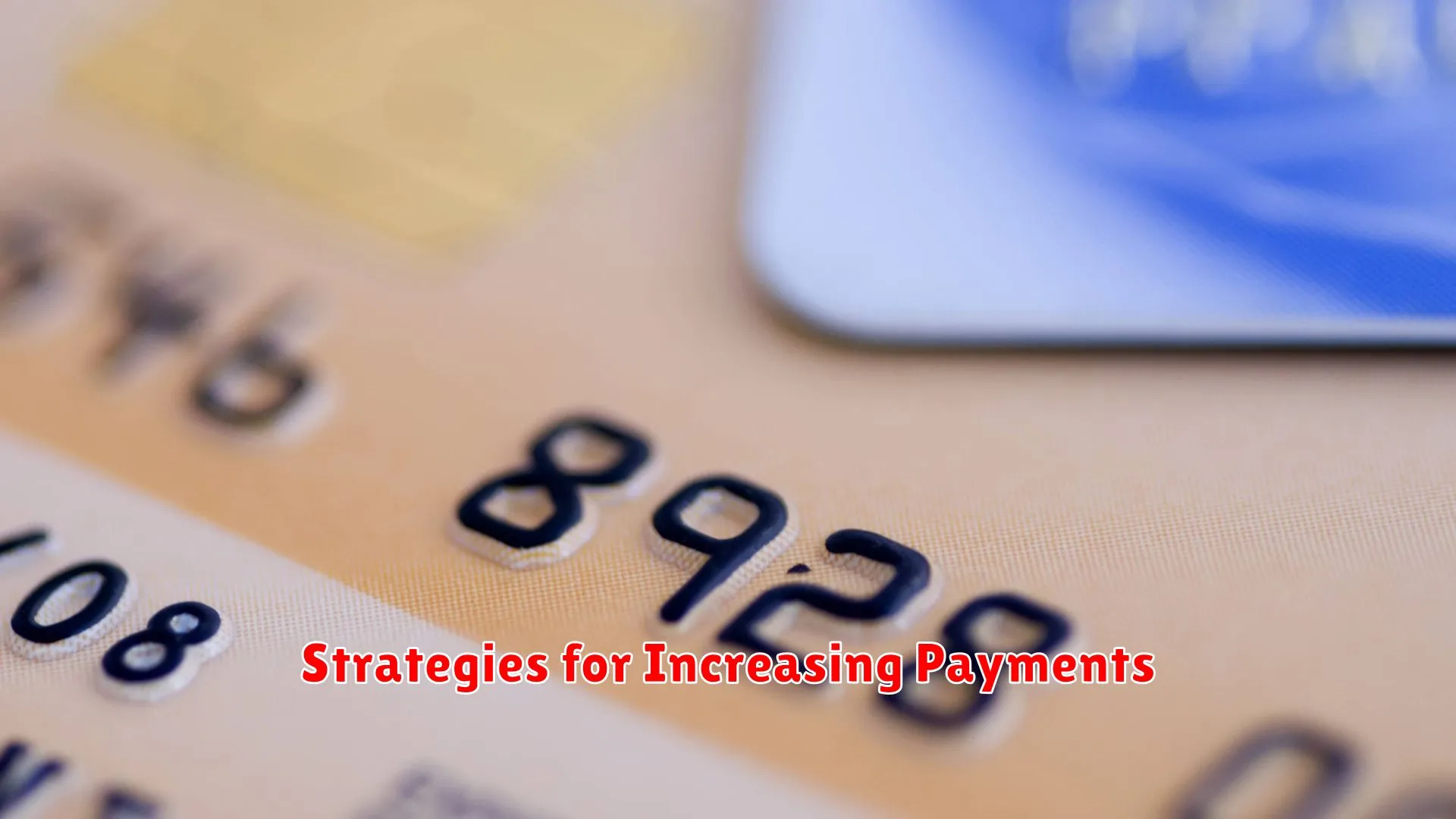
In the effort to avoid falling into the minimum payment trap while managing credit card debt, implementing certain strategies can help individuals increase their payments and gain more control over their financial situation.
1. Create a Payment Plan
Developing a structured payment plan can assist in ensuring that more than the minimum required is paid each month. Allocate a specific amount of your budget towards credit card payments to accelerate debt repayment.
2. Prioritize High-Interest Debts
Focusing on paying off high-interest credit card debts first can save you money in the long run. By targeting these debts, you can reduce the total amount paid in interest, enabling you to make higher payments towards other balances.
3. Cut Unnecessary Expenses
Identify non-essential expenditures that can be reduced or eliminated from your budget. By freeing up additional funds, you can allocate more towards credit card payments, speeding up the repayment process.
4. Earn Extra Income
Consider taking on a side job or finding ways to generate additional income to supplement your regular salary. Using this extra money solely for credit card payments can significantly increase the amount you pay towards your debts.
5. Negotiate with Creditors
Reach out to your credit card companies to inquire about lowering interest rates or setting up a more favorable repayment plan. Negotiating with creditors can lead to reduced payments and ultimately faster debt clearance.
6. Stay Consistent and Motivated
Maintaining consistency in your payment efforts and staying motivated throughout the debt repayment process is crucial. Celebrate small victories along the way and keep your long-term financial goals in mind to sustain your commitment.
Tools and Resources for Budget Management
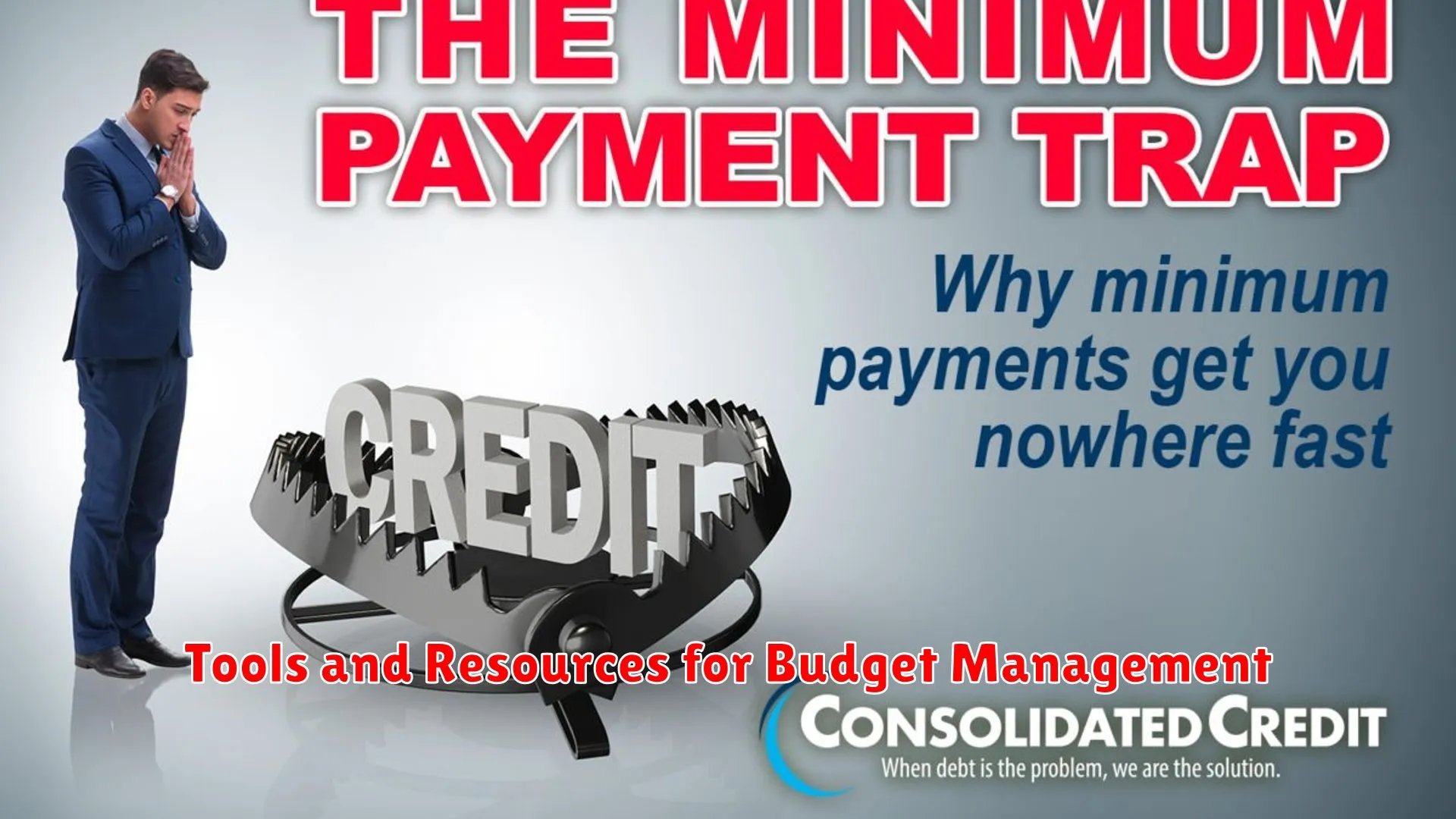
Managing your finances effectively requires a combination of discipline, planning, and the right tools. When it comes to avoiding the minimum payment trap on your credit card, utilizing the following tools and resources can help you stay on top of your budget:
- Budgeting Apps: Consider using budgeting apps like Mint, YNAB (You Need A Budget), or PocketGuard to track your expenses, set financial goals, and monitor your credit card payments. These apps can provide insights into your spending habits and help you make informed decisions.
- Online Banking: Take advantage of online banking services offered by your bank to regularly check your account balances, set up automatic bill payments, and schedule credit card payments to avoid missing deadlines. Many banks also provide tools to categorize and analyze your expenses.
- Debt Repayment Calculators: Use online debt repayment calculators to determine the optimal payment strategy for your credit card debt. These calculators can show you how different payment amounts and frequencies can help you save on interest and pay off your balance faster.
- Rewards Programs: Consider enrolling in credit card rewards programs that offer cash back, points, or airline miles for your purchases. By responsibly using your credit card and earning rewards, you can offset some of your expenses and even save money in the long run.
- Financial Education Resources: Educate yourself on personal finance topics through online resources, books, or financial literacy courses. Understanding concepts like interest rates, credit scores, and debt management can empower you to make wise financial decisions and avoid falling into the minimum payment trap.
Planning for a Debt-Free Future
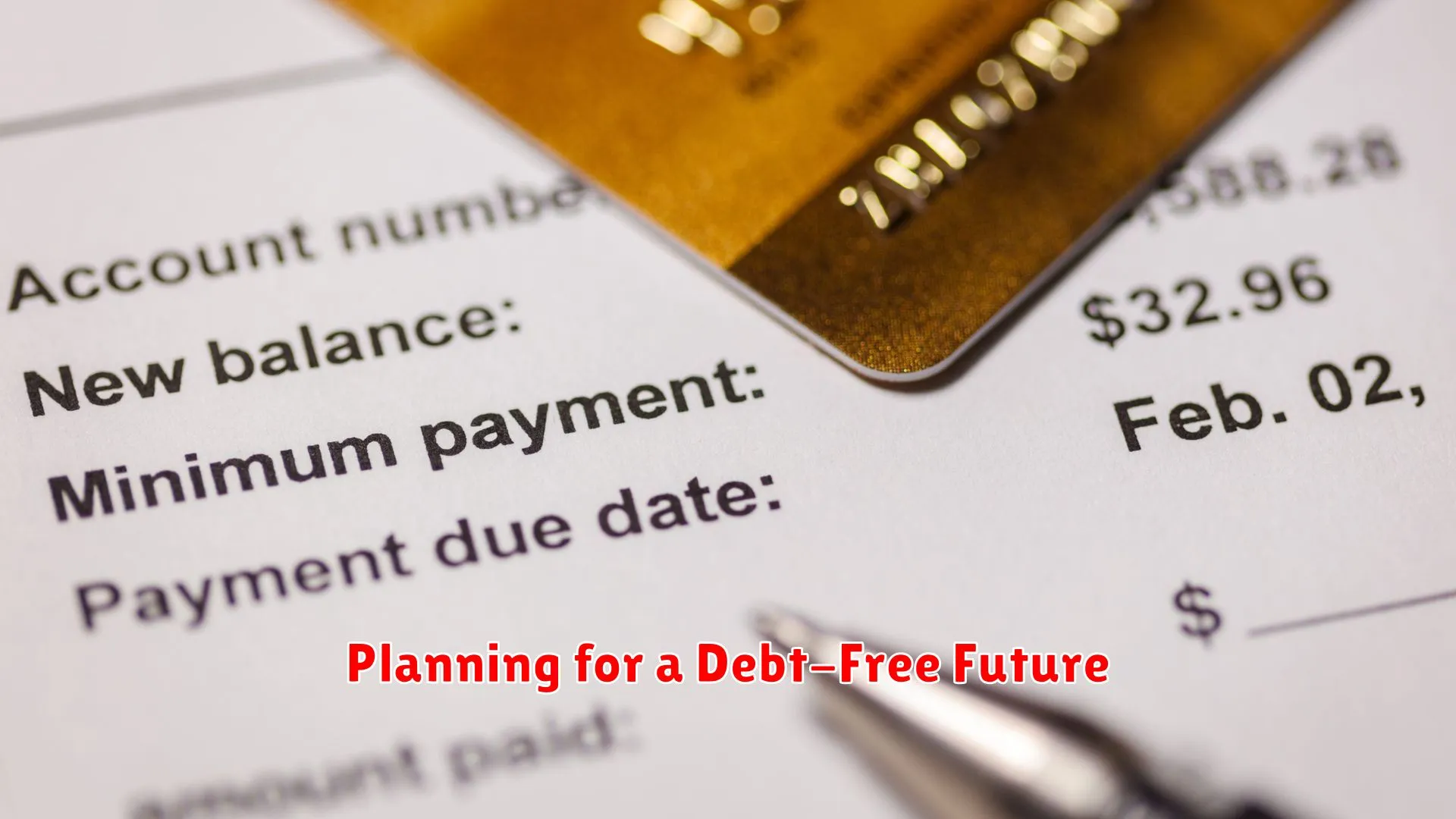
When it comes to managing credit card payments effectively and avoiding the minimum payment trap, one crucial aspect to consider is planning for a debt-free future. By taking proactive steps and implementing sound strategies, you can work towards achieving financial freedom without the burden of excessive debt.
1. Create a Budget
Start by creating a detailed budget that outlines your income, expenses, and debt obligations. Identify areas where you can cut back on spending to allocate more funds towards paying off your credit card balances.
2. Prioritize High-Interest Debt
Focusing on paying off high-interest credit card debt first can help you save money in the long run. Allocate as much as possible towards these balances while making minimum payments on lower interest debts.
3. Set Clear Financial Goals
Define specific financial goals, such as paying off all credit card debt within a certain timeframe or saving for a major expense. Having clear objectives can motivate you to stay on track with your debt repayment plan.
4. Explore Debt Consolidation Options
If you have multiple credit card balances with high interest rates, consider consolidating your debt through a balance transfer or personal loan with a lower interest rate. This can simplify your payments and potentially reduce the overall cost of your debt.
5. Avoid New Debt
While working towards paying off your existing credit card debt, it’s important to avoid accumulating new debt. Cut back on unnecessary expenses and consider using cash or debit cards for purchases to prevent further financial strain.
Conclusion
To escape the minimum payment trap, prioritize paying more than the minimum, automate payments, and avoid unnecessary spending to achieve financial freedom.

